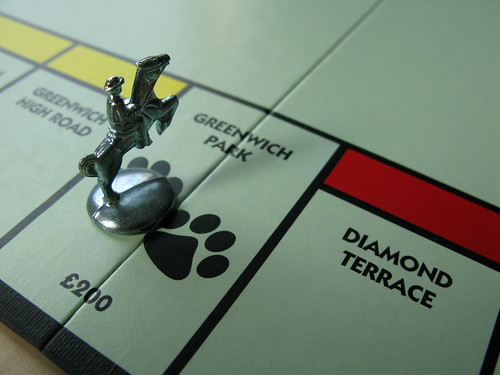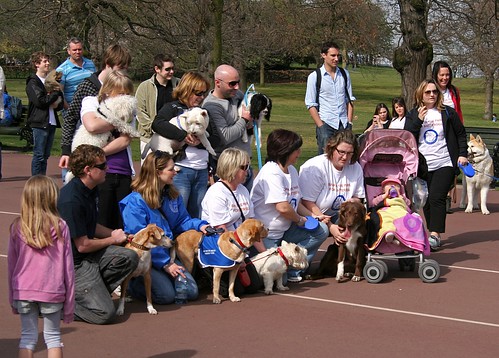
(Photo credit:
Greenwich.co.uk)
If only the tabloid newspapers were as excited about the activities of the Public Accounts Committee as they are about what "celebrities" are saying or wearing or doing any day or night. Then everyone would know that there will be nil legacy from holding the 2012 Olympic equestrian events in Greenwich Park.
Here are a few quotes from House of Commons Committee of Public Accounts,
Preparing for sporting success at the London 2012 Olympic and Paralympic Games and beyond. HC 477 Published on 24 July 2008 Remember, this was before the collapse of Lehman Brothers, the synchronised collapse of the global financial system, the bank bail-outs (which the banks held onto, so as to make it look as if they were in profit, instead of making it available to businesses).
Page 5"There is no clear evidence that elite sporting achievement influences people to take up sport in the long term, and Olympic medallists in certain sports such as rowing and equestrianism do not represent the make–up of the wider population, with a disproportionate number coming from privileged backgrounds."
Page 6"The Department has yet to begin raising the £100 million it needs from the private sector to fund elite sport, even though we first raised concerns about the size of this challenge nearly two years ago. "
Page 7, paragraph 6: "there is no conclusive evidence that winning Olympic and Paralympic medals influences levels of participation in the community."
Mr Ian Davidson, asking questions in the oral evidence section:
"things like equestrianism, for example, it does help obviously to have a horse and there are not many people in my constituency that either have a horse or have ever had a horse or whoever indeed are likely to have a horse!"
"if we find that there is a disproportionate number of people in the elite sports group who have public school origins that might very well be a good role model for other public school youngsters, but youngsters at schools in my area would not necessarily see a public school boy or girl on a horse as being a role model because they would see that as something that was just beyond their capacity not only possibly physically but also financially"
Later, Mr Bacon asks
"I would just like to turn to Mr Davidson’s question about the social background of participants in these different sports. Do you happen to know, Mr Steele, what proportion of medal winners went to public schools? ... I have heard that it is as high as 80%. This is only an anecdotal figure but it sounds like this information is available."
The Chairman says
"actually it is a serious point because if we are talking about widening participation it is pretty worrying if £700 million is going into advancing our cause in elite sports and 80% of medals are won by people who went to public school."
It doesn't matter how much money is spent on "equestrian legacy", if young people don't take it up because they don't see public school boys and girls as their role models, there is no legacy, just wasted money. The oral evidence taken on 2 April 2008 is gripping reading. You can see photos of two of the people from UK Sport giving evidence, here
http://www.uksport.gov.uk/pages/structure_of_uk_sport/
UK Sport has formally been in existence since 1 January 1997, and although its budget has always been millions of taxpayers money
it has never had a Finance Director. RM





